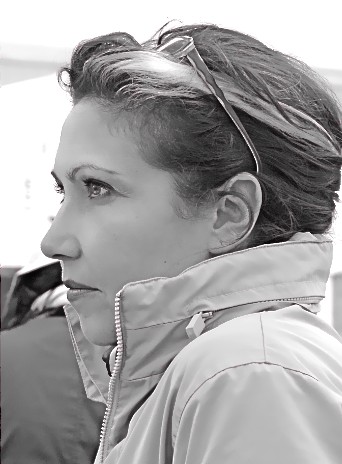For example, if you ask the Pakistani vendors, they will tell you all about the 10 Tank War Rug styles from Mazare Sharif, typified by two columns of tanks in a guns-up formation. When the Soviets retreated, their tanks stood in this non-aggressive manner. These rugs celebrate the Afghan victory over the Soviets. They are also interesting because they reveal how the war motifs have become abstracted from the more realistic ones on the earlier rugs; they’ve shifted from a normal appearance towards the gull-like form found on traditional rugs from this region.

Dealer and collector Kevin Sudeith has created warrug.com, a prime resource for war rug enthusiasts. Some of the rugs are destined for private collections or are on loan to museums or galleries. They have been international commodities for some time; those shown here are unusually ambitious in terms of scale and design. Regions, towns, families, and weavers all have their own border designs, which has made this a good way to identify and group the rugs.








